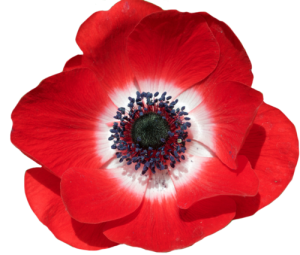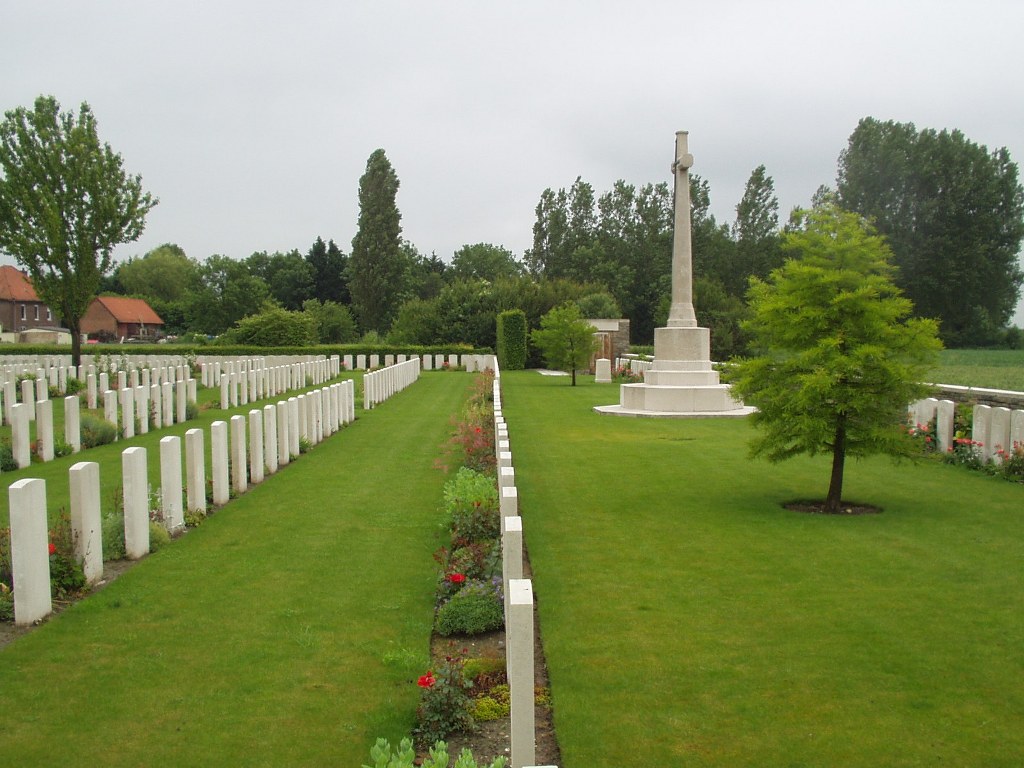Personal Details
Born in Malpas, Cheshire on 16 July 1885, the son of the late Thomas Barlow and Elizabeth Hewitt (previously Barlow) of Top House, Chorlton Lane, Malpas, Cheshire.
Sydney enlisted in the army in 1907, serving in India between 1909 and 1914.
We have had some difficulty in tracing Sydney in Census records. We think that he was working as a servant at Larkton Hall, Larkton at the time of the 1901 Census and was in India at the time of the 1911 Census. His military records indicate he had a brother, Richard and a sister, Elizabeth but we cannot trace the family in the 1891 Census. These records also indicate he had half siblings John Hewitt, Lucy Walton (who we believe was Lucy Hewitt, marrying John Walton in 1919) and Annie Phipps (who we believe was Annie Hewitt, marrying Walter Phipps in 1919). They also indicate his mother was Elizabeth Hewitt. We can assume that Elizabeth Hewitt was previously Elizabeth Barlow. The closest we have come to tracing these families in the Census records is the 1891 Census showing an Eliza Barlow (widow) and a John Hewitt (single) both working as servants on Top Farm, Oldcastle, Cheshire for Thomas Blantern, farmer. We can find no trace of any of the Barlow children in the 1891 Census or the Hewitt children in the 1901 Census.
Military History
Regiment : 2nd Battalion Royal Welsh Fusiliers
Rank : Private
Service Number : 9453
Killed in action; France 30 October 1914 Aged 29
Sydney was awarded the Campaign Medals (1914 Star, British War Medal and Allied Victory Medal).

The 1914 Star (also known as 'Pip') was authorised under Special Army Order no. 350 in November 1917 and by an Admiralty Fleet Order in 1918, for award to officers and men of the British and Indian Expeditionary Forces who served in France or Belgium between 5 August and midnight of 22–23 November 1914. The former date is the day after Britain's declaration of war against the Central Powers, and the closing date marks the end of the First Battle of Ypres.
The 1914–15 Star (also known as 'Pip') was instituted in December 1918 and was awarded to officers and men of British and Imperial forces who served against the Central European Powers in any theatre of the Great War between 5 August 1914 and 31 December 1915. The period of eligibility was prior to the introduction of the Military Service Act 1916, which instituted conscription in Britain.
The British War Medal (also known as 'Squeak') was a silver or bronze medal awarded to officers and men of the British and Imperial Forces who either entered a theatre of war or entered service overseas between 5th August 1914 and 11th November 1918 inclusive. This was later extended to services in Russia, Siberia and some other areas in 1919 and 1920. Approximately 6.5 million British War Medals were issued. Approximately 6.4 million of these were the silver versions of this medal. Around 110,000 of a bronze version were issued mainly to Chinese, Maltese and Indian Labour Corps. The front (obv or obverse) of the medal depicts the head of George V. The recipient's service number, rank, name and unit was impressed on the rim.
The Allied Victory Medal (also known as 'Wilfred') was issued by each of the allies. It was decided that each of the allies should each issue their own bronze victory medal with a similar design, similar equivalent wording and identical ribbon. The British medal was designed by W. McMillan. The front depicts a winged classical figure representing victory. Approximately 5.7 million victory medals were issued. Interestingly, eligibility for this medal was more restrictive and not everyone who received the British War Medal ('Squeak') also received the Victory Medal ('Wilfred'). However, in general, all recipients of 'Wilfred' also received 'Squeak' and all recipients of The 1914 Star or The 1914/1915 Star (also known as 'Pip') also received both 'Squeak' and 'Wilfred'. The recipient's service number, rank, name and unit was impressed on the rim.
Further Information
If you can provide any further information on Sydney Barlow please get in touch by leaving a comment below, using our Contact Form or by calling in to Whitchurch Heritage Centre.
Information provided by Whitchurch Museum and Archives


